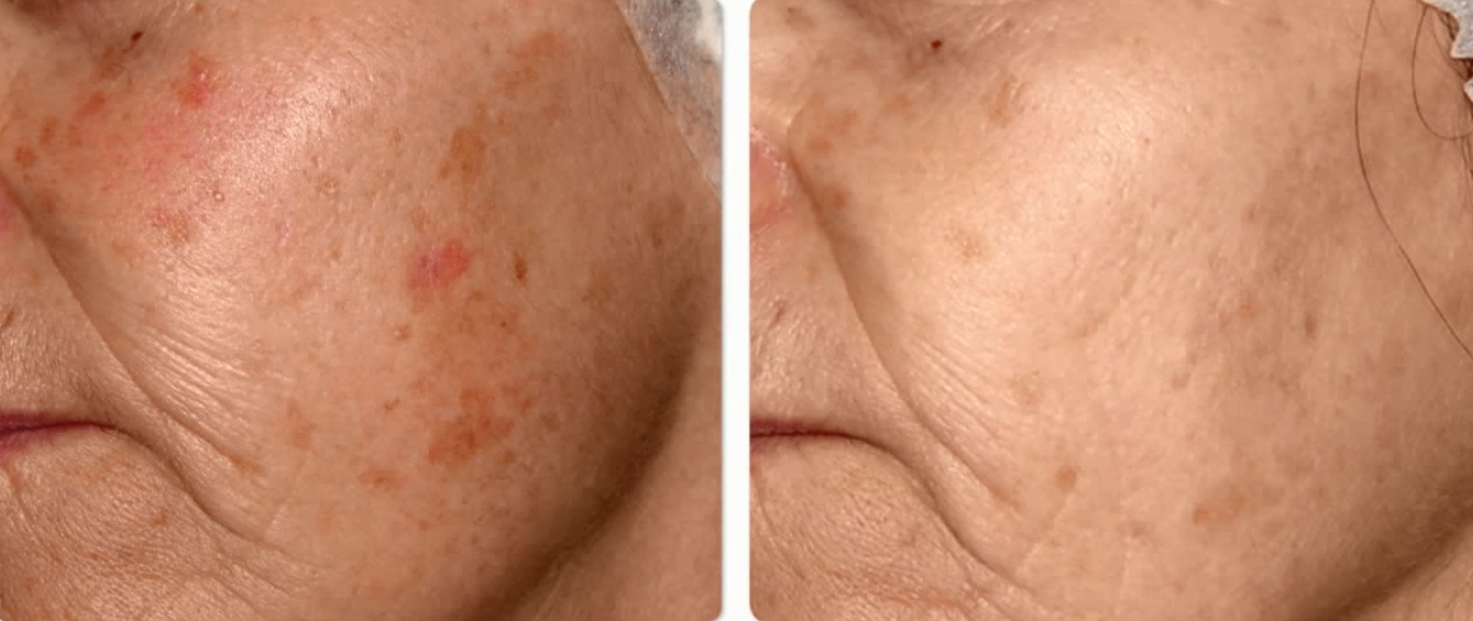Introduction
Pigmentation of the skin normally varies according to racial origin and the amount of sun exposure. Pigmentation disorders are often more troublesome in skin of colour.
The pigment cells or melanocytes are located at the base of the epidermis and produce the protein melanin. Melaninis carried by keratinocytes to the skin surface. The melanocytes of dark skinned people produce more melanin than those of people with light skin. More melanin is produced when the skin is injured, for example following exposure to ultraviolet radiation. The melaninisation process in dark skin is protective against sun damage, but melanisation in white skin (for example after sunburn) is much less protective.
-
- Hormonal effects of oestrogen during pregnancy or due to medication can cause pigmentation of nipples, vulva and abdomen (linea nigra).
- Some skin diseases and conditions result in generalised or localised hyperpigmentation (increased skin colour), hypopigmentation (reduced skin colour), or achromia (absent skin colour).
- A Wood lamp may be used to assess pigmentation during the examination of the skin, as pigmentary changes are often easier to identify while exposing the affected skin to long wavelength ultraviolet rays (UV-A).or patchy missing skin color. Infections, blisters and burns can also cause lighter skin.
Pigmentation means coloring. Skin pigmentation disorders affect the color of your skin. Your skin gets its color from a pigment called melanin. Special cells in the skin make melanin. When these cells become damaged or unhealthy, it affects melanin production. Some pigmentation disorders affect just patches of skin. Others affect your entire body.
If your body makes too much melanin, your skin gets darker. Pregnancy, Addison’s disease, and sun exposure all can make your skin darker. If your body makes too little melanin, your skin gets lighter. Vitiligo is a condition that causes patches of light skin. Albinism is a genetic condition affecting a person’s skin. A person with albinism may have no color, lighter than normal skin color,

